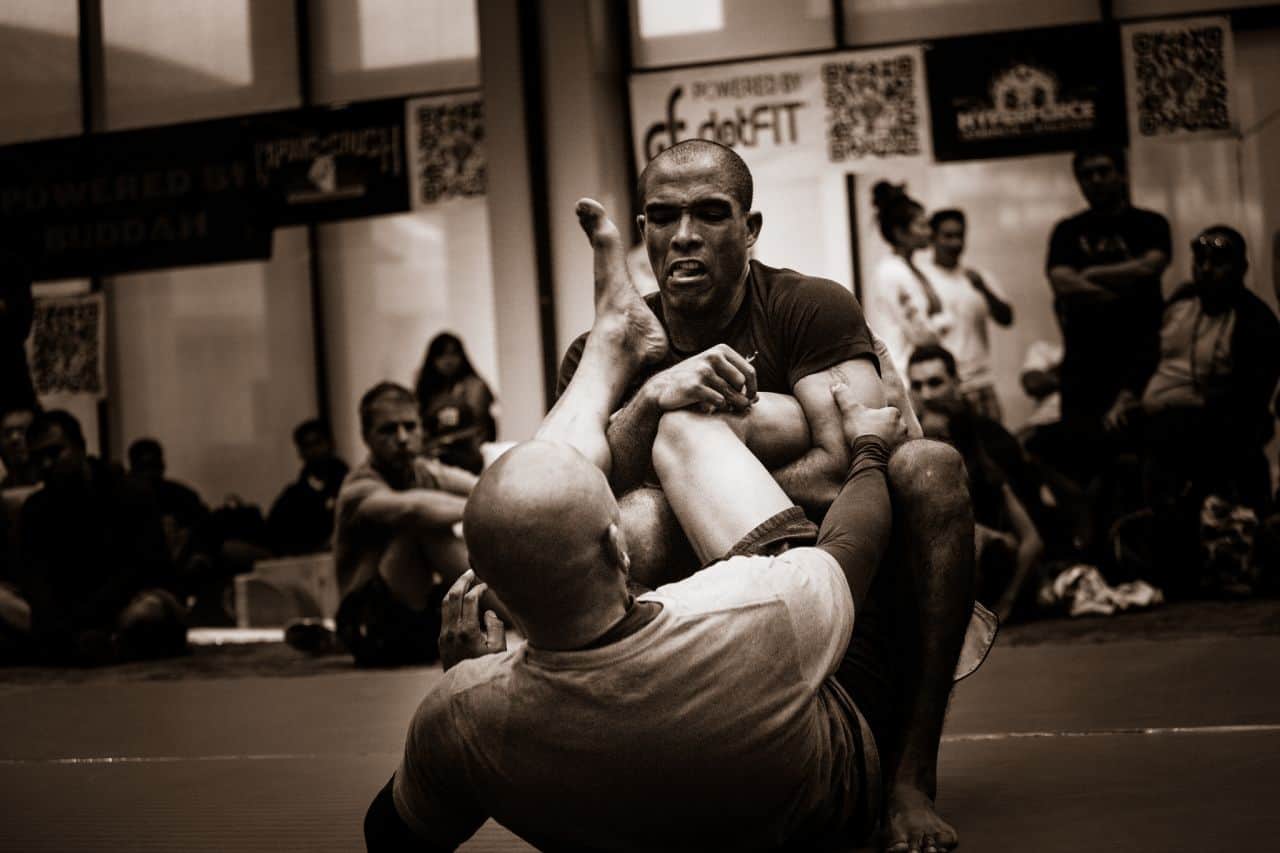If you’re thinking about taking up a form of martial arts, there are plenty to choose from. From the more well-known styles, including Karate and Taekwondo to the more obscure forms of Krav Maga and Hapkido, each varies in style and rules. Studying each in detail and understanding what’s involved in each of these martial art forms will allow you to choose one that suits you and your physical abilities.
And, if you manage to master the style and receive the right training, you could even find yourself entering tournaments such as the 2016 BJJ tournaments, which are held all over the U.S.
Here are just some of the styles you can choose from:
Taekwondo (Tae Kwon Do)
Dating back over 2,000 years, this is one of the oldest martial arts and is a Korean martial art form that is popular around the world. During training, your stamina, flexibility, balance, speed and strength will be tested in a number of movements, including joint locks, throws and takedowns. You’ll also need to learn how to perform open-handed strikes, punches, kicks and blocks, with a large emphasis being placed on the techniques of kicking. Anyone learning this art form will also learn a range of sequences (forms or Poomsae). This and Karate are the only two forms of martial arts that are played in the Olympic Games.
Karate
Unlike Taekwondo, Karate places more emphasis on hand strikes instead of kicks, with a number of movements being used alongside this, including karate chops, elbow and knee strikes and punching. There are a number of traditional styles of karate, including Wado Ryu, Goju Ryu, Shito Ryu and Shotokan.
Aikido
This is a Japanese martial art that is also known as a “grappling art” and instead of opposing the attacker straight-on, one flows with the same motion of them. Using entering and turning motions, you’ll direct the attacker’s momentum, which uses less physical strength. There are also joint locks and various throws used in this form.
Hapkido
Whilst sharing a similar history to Aikido, Hapkido does differ quite significantly in the range of movements, techniques and philosophy. Body positioning and footwork are used to gain leverage against the opponent, using non-resisting movements and circular motions. Other techniques include punches, kicks and joint locks, while a number of weapons are also used, including a staff, cane, rope, nunchaku and sword, but the importance of these varies with each school.
Jiu Jitsu
This Japanese martial art form uses no weapons, or just a short one, to defeat an opponent that is armored and armed. Instead of directly opposing their enemy, the practitioner will use an attacker’s energy to neutralize them, with movements such as throws, joint locks and pins. The five key areas involved in this form are: striking, escaping, non-fulcrum throw, fulcrum-throw and blocking.
Judo
Established in 1882, this is one of the more modern martial arts available and involves using choke, stranglehold, joint lock or grappling maneuvers to take down or throw the opponent to the ground. During free practice or competitions, weapons or strikes with the feet or hands are not permitted, and can only be used during kata (pre-arranged forms).
Krav Maga
The techniques involved in this style of martial arts include striking, grappling and wrestling, with an aim to incapacitate the opponent and keep the practitioner safe. Developed in Israel, this art form is known for its difficult and often brutal counter-attacks, with no rules and no sporting federation. Some organizations will provide belts, levels and badges for ranks but there isn’t an official uniform for Krav Maga.
Kung Fu
There have been many fighting styles created in China over the years and Kung Fu is the name for all of these different types. Most of the styles will have common themes, with some being based on legends, religions and philosophies of China and with others using animal-like movements. Muscle and cardiovascular fitness are focused on in the external styles, while those that focus on internal styles will look at harnessing the art of qi. Some of the most common types of styles include Wing Chun, Praying Mantis, Monkey, Shaolin Kung Fu (Five Animals), Hung Gar and Eagle Claw.
As you can see, there are many different types of martial arts available, and these are just a few of them! When it comes to choosing which one you would like to practice, it’s important that you look at the schooling available in your area and what’s involved in training. Many experts suggest that good schools will focus on building physical fitness, will focus on technique and will provide competitive, full contact sparring for their students.

